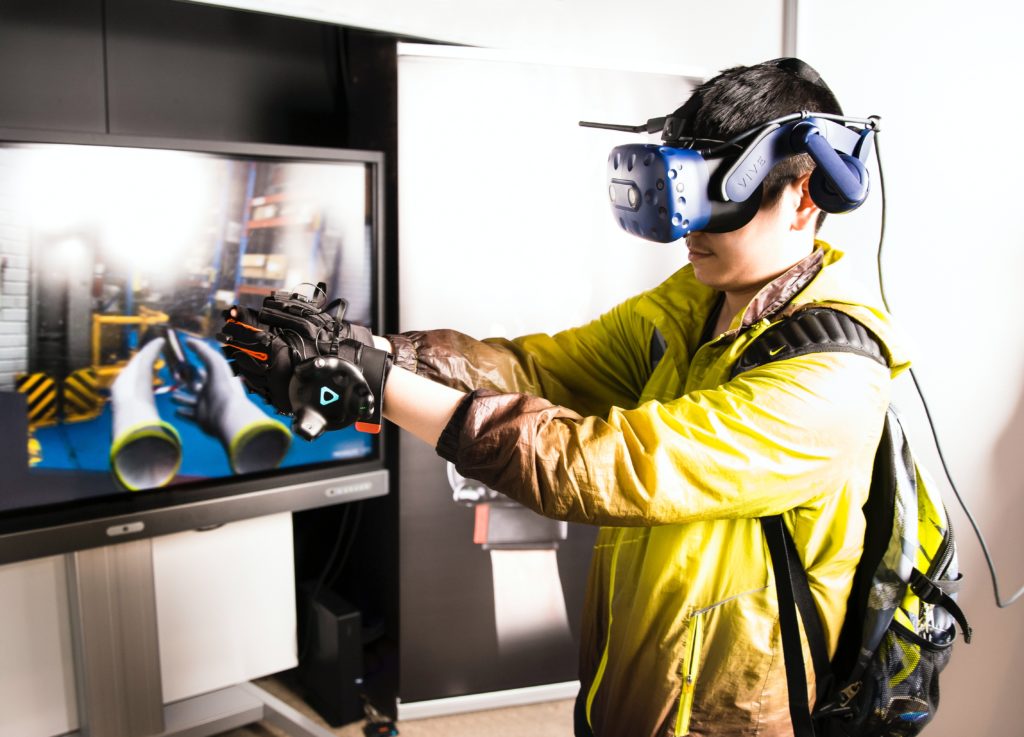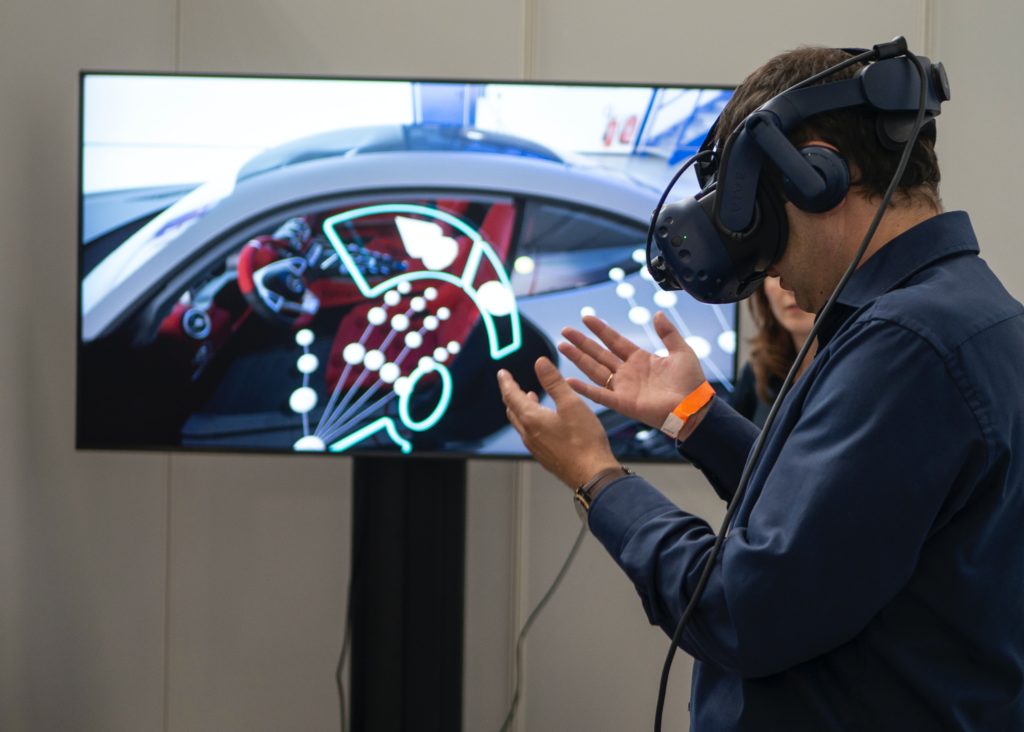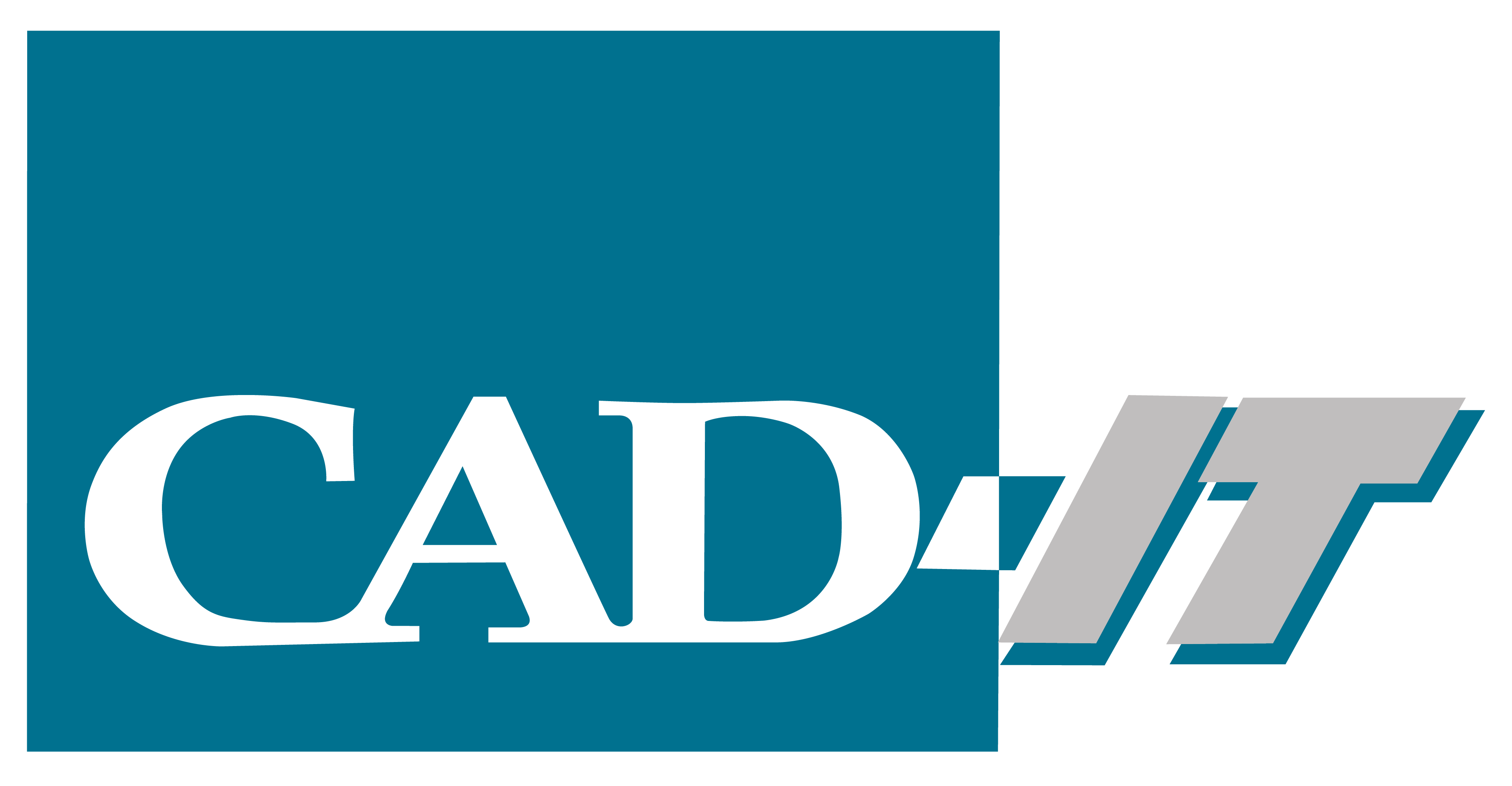Blog Post
The Power of Augmented Documentation for Industrial Business
This guide explores the power of Augmented Reality, and how emerging technology can be applied to virtually enhance your business.
Introduction
Emerging digital technologies are accelerating the pace of change within the industrial workplace, but what exactly can this innovative tech do for your business, and why should you be considering it? Whether you’re looking to revolutionise your operations, or simply take the next evolutionary step towards enhancing your companies’ technological capabilities, there’s no doubt that Augmented Reality will transform your traditional ways of working for the better.
Augmented Reality holds huge potential in tackling the real-world business challenges you face day-to-day, whilst providing opportunity to increase productivity and unlock greater revenue potential. But what is AR, and how exactly can it help your business?

XR, VR, AR & MR What’s the difference?
Extended Reality (XR) is a term that refers to all real and virtual environments generated under the ‘immersive technology’ umbrella, this includes Virtual Reality, Augmented Reality and Mixed Reality, each of which vary in degrees of reality and simulation.
Virtual Reality (VR) transports the user into a virtual world that mimics the real world, often referred to as ‘computer simulated reality’. To immerse yourself in VR you need a headset and the relevant programme that enables the simulation.
Augmented Reality (AR) overlays a virtual world over the real world using an enabled device such as a mobile phone or headset. You’ve probably interacted with AR in one form or another via social media or gaming applications on your phone, such as Facebook filters or Pokémon GO.
Mixed Reality (MR) sees the mixture of both VR and AR, it’s sometimes called ‘Hybrid Reality’ as it allows the users to combine both the real world and the virtual world, interacting with virtual or computer aided content in a real-world scenario. Microsoft are extending their MR offering with the development of their MESH offering.
Perhaps the most exciting of these technologies for industrial business is Augmented Reality, as it connects workforces with information and knowledge like never before. Also assisted reality, which is the use of headsets like Realwear and Vuzix to provide remote support and the ability to interact with the onsite user.
Tackling business challenges with Augmented Reality
So, we understand how Augmented Reality works, but the real question is how can this be applied to your business and what challenges does it address?
Solve your biggest challenges:
- Operational Inefficiency
Your workers are spending way too much time searching for the right information which is time consuming and inefficient. Consequently, this causes delays and downtime, resulting in increased costs. The application of Augmented Reality is driving entirely new levels of workforce productivity, transforming service and driving unprecedented value. AR is about delivering contextual information, that is information only related to the object under inspection.
- Talent shortages
It’s no secret that there is a shortage of available employees in the manufacturing and engineering industries right now, and the Covid19 pandemic has seen job vacancies reach an all-time high. Filling these roles with talented and skilled workers need not be an ongoing challenge anymore, with organisations using Augmented reality to re-educate the industry and create more specialised labourers. With the right integration, you could see a rise in skilled workers once again. AR delivers consistent standardised training and product information on demand and on the job.
- Knowledge Gaps
Knowledge is precious and built-up with time and years of experience, precious time that organisations do not have to up-skill and train new workers. Augmented Reality is bridging the knowledge gap like never-before, providing real-time, 3D visual context that gives workers the confidence and more importantly the information they need to execute tasks to the same high standard as some of their more experienced colleagues.
- Outdated documentation
The reality is most industrial workplaces are using outdated tools and old documentation. Physical handbooks and manuals are very much still present, and many other digital documentations are still mainly available as text and 2D visuals. Through implementing Augmented Reality alongside your existing PLM, CAD or TIS software, you can create Augmented work instructions, training guides, and data visualisations. Your workers will have access to real-time, interactive digital work tools which reduces search times and boosts productivity.

Benefits
An industrial workplace powered by Augmented reality can boost remote collaboration, enhance knowledge transfer, and increase first time fix rates.
Your employees desire tools that help them to get the job done more efficiently and effectively, tools that reflect the current state of digital and help them to collaborate and reduce the likelihood of error. Taking a moment to consider where to implement better digital technologies into your business can not only help save you time and increase productivity, but in-turn result in a more effective and productive workforce.
- Reduce operation and maintenance time by up to 30%
- Increase service quality
- Training and knowledge transfer speeds up onboarding
- Accelerates manual workflows
- Reduces human error, in turn increasing first time fix rates
- Empowers workers and improves productivity
- Enables the adoption of remote working
- Ensures business continuity
- Improved productivity leads to previously unrealised revenue
- Re-use your existing 2D & 3D data
- Reduce downtime costs with realise expert support
Downtimes reduced by 30%
First time fix rates increased by 40%
Knowledge transfer improved by 70%
The reality of implementing Augmentation into your business
Augmented Reality has limitless uses – but where do you begin?
Implementing an Augmented Reality solution into your business requires some planning, this usually involves discovering a viable use case, building proof of concept, and then delivering upon it. CAD-IT along with our strategic partnership with Re’Flekt, supports businesses in research right through to implementation.
We provide on-site Scoping Workshops with each of our AR bundles. We will work with you to understand your business and use cases, show you quantifiable benefits and measure ROI, and provide support and training for Augmented Reality content creation. Rounded off with an Evaluation Workshop to measure success and returns, you can really start exploring the full potential of Augmented Reality.
